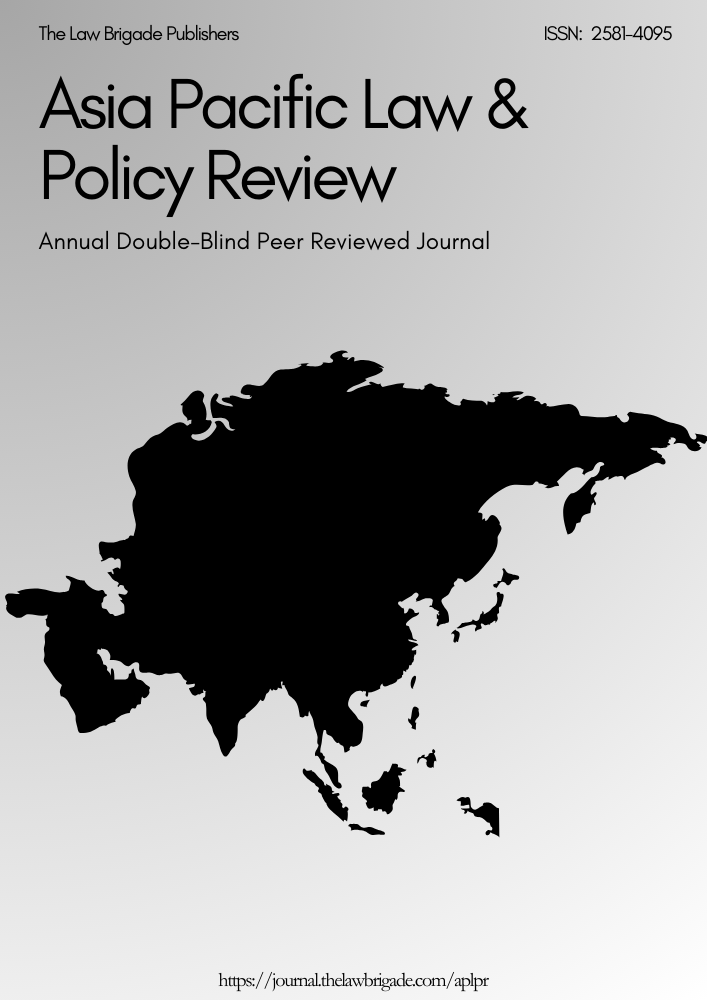PROTECTION AGAINST ANTI-COMPETITIVE AGREEMENTS AND TRADE POLICIES UNDER COMPETITION LAW IN INDIA
Keywords:
Competition Commission, Dominant Position,, Anti-Competitive AgreemenAbstract
Competition Act 2002 has come into force to replace the Monopolies and Restrictive Trade Practices (MRTP) Act, 1969. After the economic reforms of 1990, it was felt that MRTP has become obsolete pertaining to international economic developments relating to competition law and there was a need of law which curbs monopolies and promotes competition. In 1990s India saw substantial increases in the value and volume of international trade in goods and services, in Foreign Direct Investments (FDI), and in cross border Mergers and Acquisitions (M&A). Competition Act is enacted to provide, keeping in view of the economic development of the country, for the establishment of a Commission to prevent practices having adverse effect on competition, to promote and sustain competition in markets, to protect the interests of consumers and to ensure freedom of trade carried on by other participants in markets, in India, and for matters connected therewith or incidental thereto.
Downloads
References
1. The Economic Times (2009) Featured Articles from the Economic Times.
2. GST India (2015) Economy and Policy.
3. http://www.financialexpress.com/opinion/gst-rate-the-global-picture/348207/
4. http://www.ey.com/in/en/services/ey-goods-and-services-tax-gst
5. https://www.quora.com/What-is-GST-in-India
7. https://en.wikipedia.org/wiki/Goods_and_Services_Tax_(India)_Bill
8. www.gstindia.com/basics-of-gst-implementation-in-india/
9. wwww.prsindia.org/billtrack/the-constitution-122nd-amendment-gst-bill-2014-3505/
Downloads
Published
Issue
Section
License

This work is licensed under a Creative Commons Attribution-NonCommercial-ShareAlike 4.0 International License.
License Terms
Ownership and Licensing:
Authors of research papers submitted to any journal published by The Law Brigade Publishers retain the copyright of their work while granting the journal specific rights. Authors maintain ownership of the copyright and grant the journal the right of first publication. Simultaneously, authors agree to license their research papers under the Creative Commons Attribution-ShareAlike 4.0 International (CC BY-SA 4.0) License.
License Permissions:
Under the CC BY-SA 4.0 License, others are permitted to share and adapt the work, even for commercial purposes, provided that appropriate attribution is given to the authors, and acknowledgment is made of the initial publication by The Law Brigade Publishers. This license encourages the broad dissemination and reuse of research papers while ensuring that the original work is properly credited.
Additional Distribution Arrangements:
Authors are free to enter into separate, non-exclusive contractual arrangements for distributing the published version of the work (e.g., posting it to institutional repositories or publishing it in books), provided that the original publication by The Law Brigade Publishers is acknowledged.
Online Posting:
Authors are encouraged to share their work online (e.g., in institutional repositories or on personal websites) both prior to submission and after publication. This practice can facilitate productive exchanges and increase the visibility and citation of the work.
Responsibility and Liability:
Authors are responsible for ensuring that their submitted research papers do not infringe on the copyright, privacy, or other rights of third parties. The Law Brigade Publishers disclaims any liability for any copyright infringement or violation of third-party rights within the submitted research papers.


